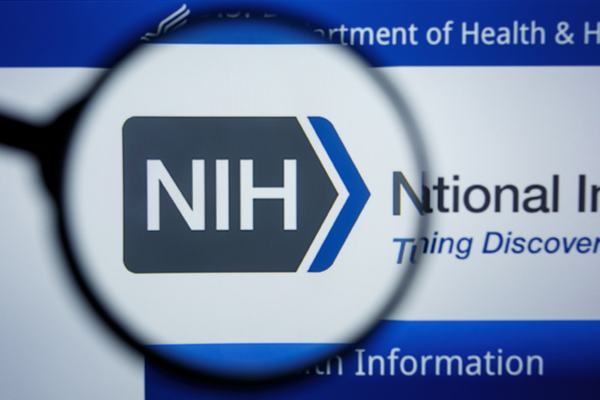On December 5-6, I attended the inaugural meeting of the NIH Novel and Exceptional Technology and Research Advisory Committee (NExTRAC), in Bethesda, MD. NExTRAC is the re-named and re-purposed version of the previous Recombinant DNA Advisory Committee (RAC).
From 1974 to 2018, the RAC was available to provide recommendations to the NIH Director regarding public welfare implications of basic and clinical molecular biology research. In order to streamline review and avoid duplicative oversight of clinical trials, NExTRAC will not routinely review new human gene transfer (HGT) protocols. Instead NExTRAC will be the NIH Director’s “go-to advisory committee for advice and transparent discussions about the scientific, safety, ethical, and social issues associated with emerging biotechnologies.”
Notably, the “emerging technologies” under consideration are no longer limited to nucleic acids or molecular biology; for example, the inaugural meeting involved considerable focus on medical, social, and ethical implications of neurotechnology. NIH Director Francis Collins opened the meeting with a presentation that included remarkable examples of emerging technologies, including the use of machine learning and neuroimaging to accurately predict human speech before it is vocalized. Kafui Dzirasa, MD, PhD (Stanford University) gave a broad overview of emerging issues related to these technologies.
Several themes emerged over the course of the two-day meeting. One was the need for horizon scanning (discussion led by Richard Murray, MD, Caltech): a systematic approach to identify possible or probable issues of concern that are likely to appear one, five, ten, or twenty years in the future. Another theme was the many challenges relating to stakeholder engagement (led by Cinnamon Bloss, PhD, UCSD), with special difficulties posed by the diverse, fragmented, and sometimes polarized agendas of various groups identified as potential “stakeholders.” There was also significant discussion over how to define “emerging” technologies, and when to determine that a certain technology has “emerged,” perhaps indicating a reduction in regulation and oversight.
In the area of molecular biology, two major areas of immediate interest relate to applications enabled by emerging gene editing technologies. The first issue was human germline gene editing (Matthew Porteus, MD, PhD, Stanford); however, Dr. Collins indicated that NExTRAC may not be asked to provide immediate input in this area because so many other national and international agencies and committees are already working on this issue. The second area of concern was gene drives (James Collins, Arizona State University, and Zach Adelman, Texas A&M). Gene drives are a molecular approach to alter the normal course of mendelian inheritance in a population, for example by adding gene editing mechanisms into the genome of a transgenic animal. As a result, an artificial transgene could in theory rapidly spread to very high prevalence within a wild breeding population. It has been proposed that this approach could possibly eliminate certain mosquito species, or render a wild mosquito population refractory to malaria transmission. Dr. Collins indicated that gene drives will be a topic of immediate priority to NExTRAC.
Dr. Collins closed the meeting by providing NExTRAC with its formal charge, including the formation of two working groups. The first working group will establish a framework for horizon scanning and consideration of issues arising from emerging technologies. The second working group will specifically consider ethical, ecological, and biosafety issues related to gene drive technology (and per Dr. Adelman’s suggestion, possibly other technologies to engineer the gene pool in wild breeding populations.)
The NExTRAC is expected to reconvene in summer or fall of 2020, date TBD. The agenda and presentations from the inaugural meeting will be available on the NIH OSP website: https://osp.od.nih.gov/biotechnology/novel-exceptional-technology-research-advisory-committee/.
